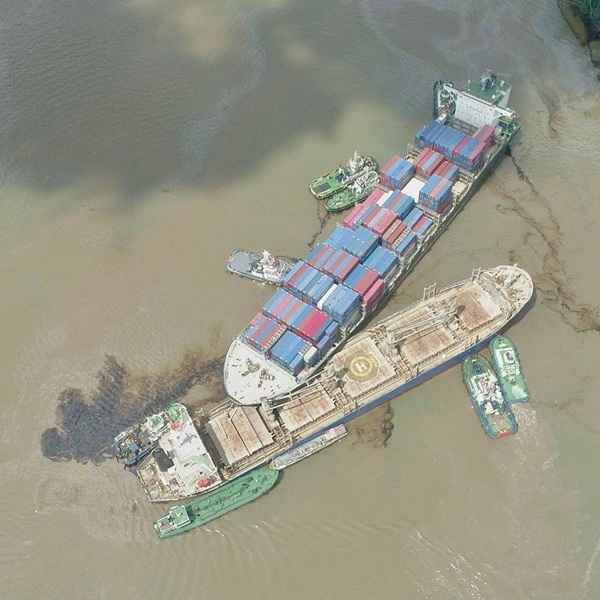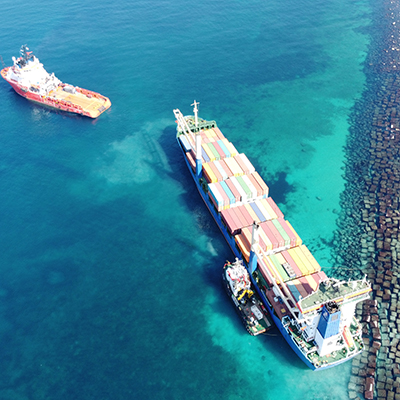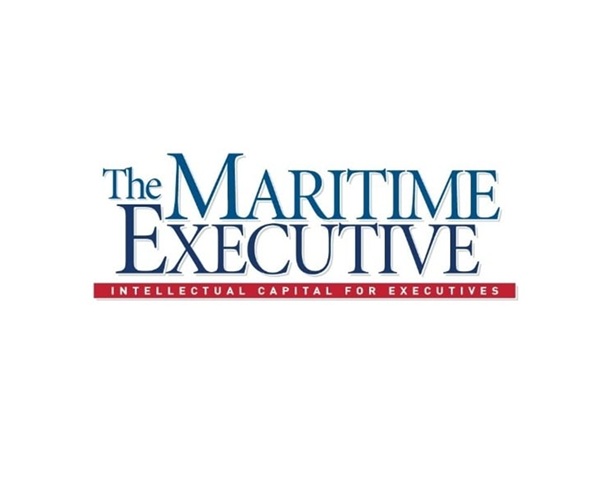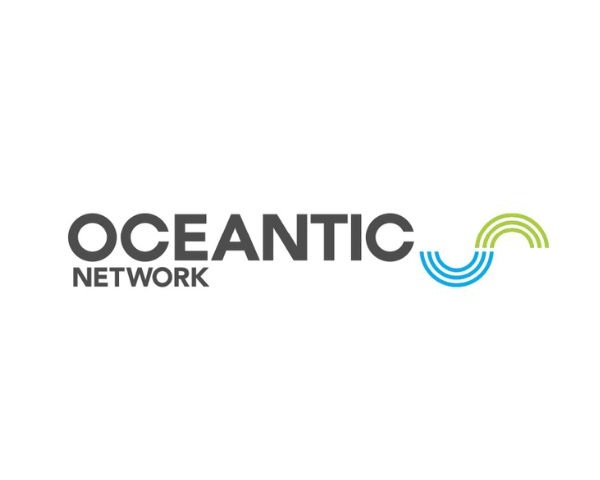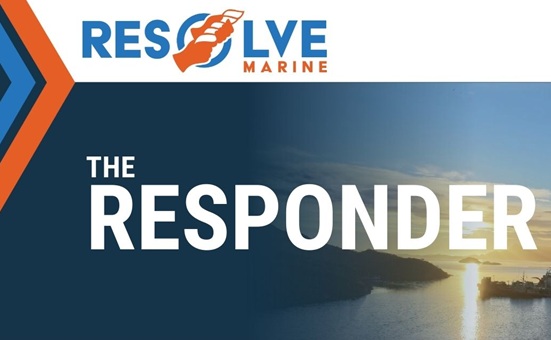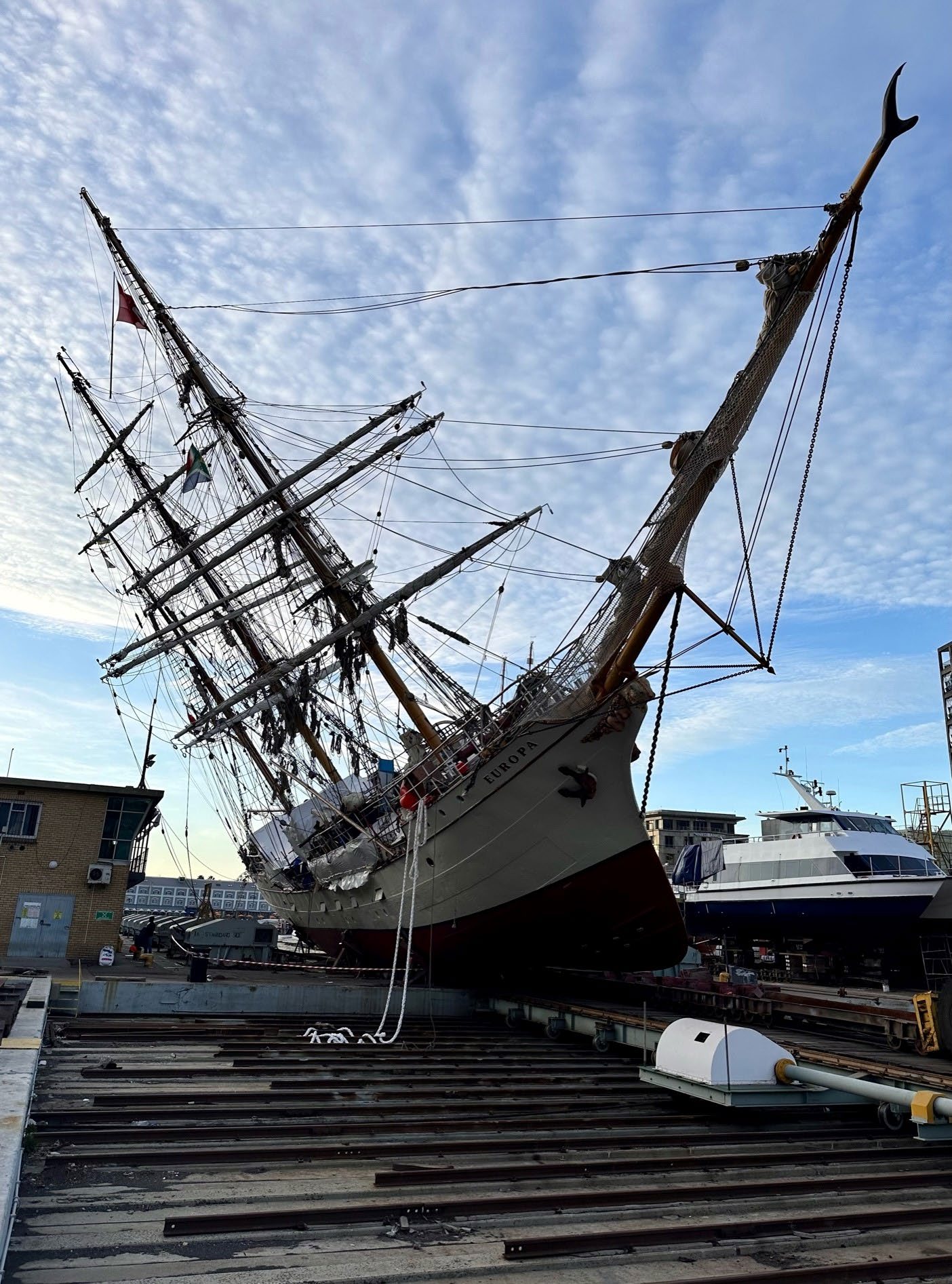
In the marine industry, early dispatch to a site is critical to contain oil or other pollutants: hours can make a difference as weather conditions change and proximity to shore is factored.
Controlling the source of the leak is essential. For a grounded vessel, we place pollution boom around the ship and will often lighter fuel and cargo from the vessel or damaged tanks. Methods, tools and tactics to remove oil from the surface of the ocean include bubbling up the oil and using skimmers or absorbent pads and material.
If oil lands ashore:
- We conduct a shoreline assessment and utilize teams of experts to walk the beaches.
- Drones are deployed to record aerial visuals, which are then evaluated.
- Efforts are made to understand marine and land-based wildlife (including nesting and breeding seasons), flora and fauna, weather, currents, waves and characteristics of the shoreline.
- Safety is a top priority in clean-up efforts, particularly if shorelines are rocky and/or in extremely remote locations.
- Ecological sensitivities of a particular area are determined, e.g., UNESCO World Heritage sites.
- The socio-economic impact is considered. In Dutch Harbor, Alaska, for example, pre-booming strategies are built around water intakes for seafood processing plants.
- The Solomon Trader presented a logistical, engineering and environmental challenge that required multiagency coordination.
- The bulk carrier OS 35 collided with a LNG carrier in the Port of Gibraltar. An initial refloat operation was aborted in order to remove pollutants/fuels and scuttle the vessel.
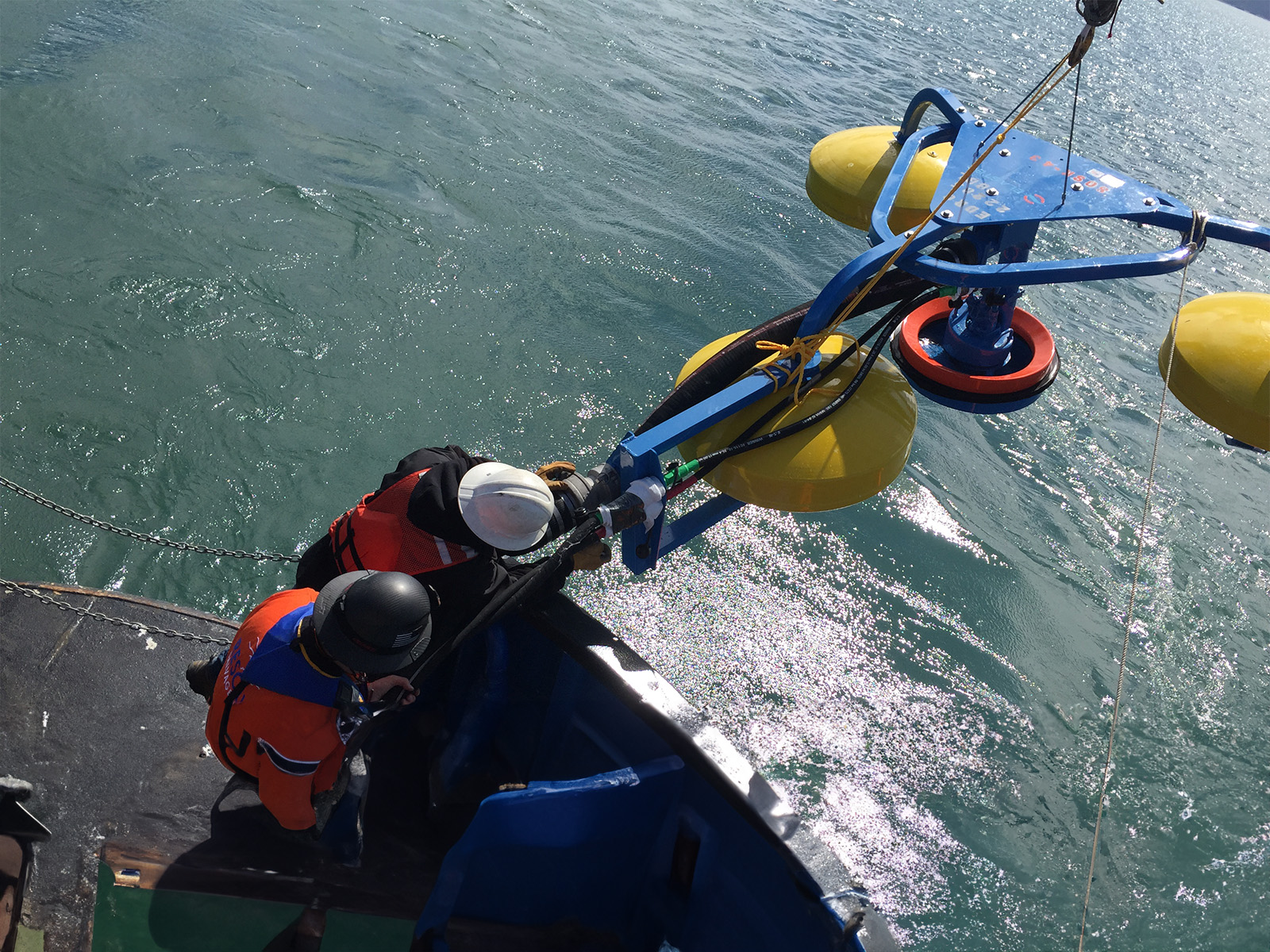 Oil Spill Response Equipment
Oil Spill Response Equipment

